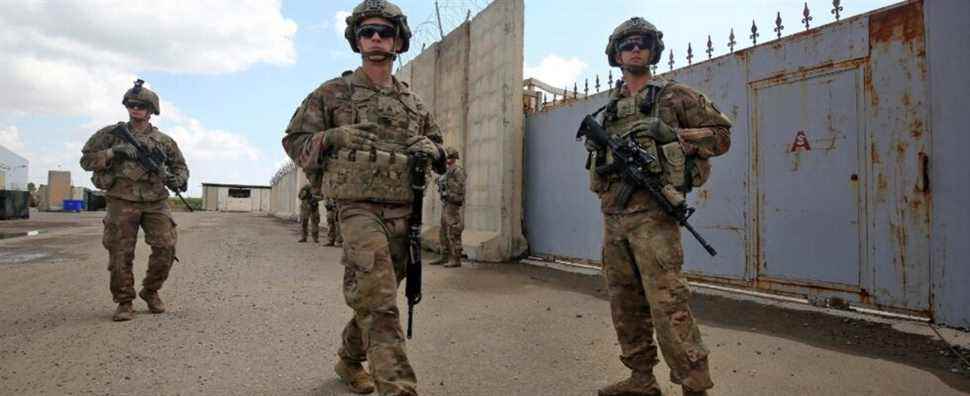Failing intelligence, inevitable collateral damage and thousands of civilians killed. the New York Times publishes Saturday, December 18 a shock investigation into the drone strikes favored since 2014 by the US military in its war against jihadist groups in Afghanistan, Iraq and Syria.
Based on 1,300 reports from the Pentagon on incidents involving civilian casualties, obtained by the American daily within the framework of the law on transparency in administrations (FOIA), this investigation undermines the image of a war “own” carried out with “precision hits” presented regularly by the US military. “Not a single report concludes with a fault or a disciplinary sanction”, the newspaper concludes.
The promises of transparency of the days of Barack Obama, who was the first American president to favor drone strikes to spare the lives of American soldiers, have been replaced by “opacity and impunity”, adds the daily which had to file several lawsuits at the Pentagon and at the central command of the American army (Centcom) to obtain these documents.
In five years, the US military has carried out more than 50,000 airstrikes in Afghanistan, Syria and Iraq. She admitted to accidentally killing 1,417 civilians in airstrikes in Syria and Iraq since 2014. In Afghanistan, the official figure is 188 civilians killed since 2018.
Documents show that civilian deaths were often due to a “confirmation bias”, the tendency to draw conclusions consistent with what one thinks probable, according to the New York Times. Thus, people running to a bombed site were seen as fighters from the Islamic State group, not rescuers. Simple bikers were considered to be on the move “Training”, which was interpreted as the “signature” of an imminent attack.
Cultural factors also weighed heavily. The American military thus judged that there was “no presence of civilians” in a house they watched one day of Ramadan, while several families slept there during the day, period of fasting, sheltering from the heat.
Cited by the New York TimesCentcom spokesperson Commander Bill Urban noted that “Even with the best technology in the world, errors do occur, whether due to incorrect information or a misinterpretation of the information available.” “
“We do everything to avoid doing harm. We investigate all credible cases. And we regret every innocent loss of life.”
Centcom spokespersonat the “New York Times”
For the newspaper, “What ultimately emerges from over 5,400 pages of documents is an institution accepting that collateral damage is inevitable.”
